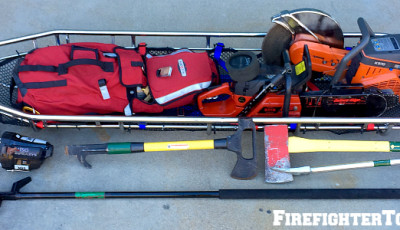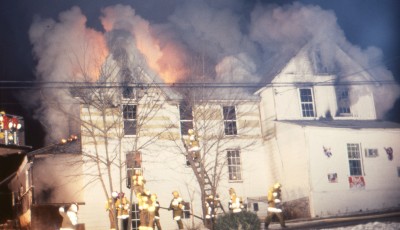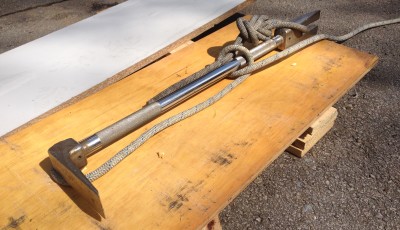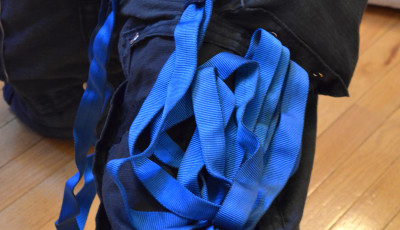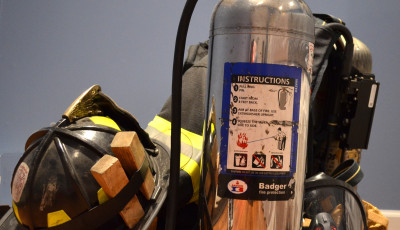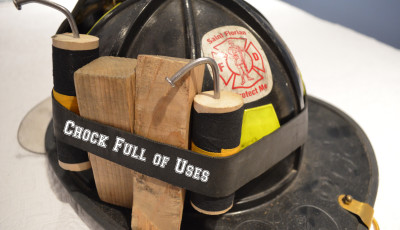5 Must Have Tools for Firefighter Rescue – Part 1
Disclosure
There are numerous acronyms associated with teams designated for the rescue of a firefighter in distress. It doesn’t matter if we call it RIT, RIC, or FAST, there are some tools that are essential to the team’s operations. In this series, we are going to discuss five tools that every RIT must have.
Tool #1 – Situational Awareness
Situational awareness is something we talk about a lot. There are courses and workshops dedicated to it. In fact, Dr. Rich Gassaway has an entire program dedicated to situational awareness. So, it is obvious that situational awareness is important, but I want us to take a closer look at why it is vital for RIT.
Being proactive requires situational awareness. One of the primary jobs of a RIT is to be proactive. When we are assigned to RIT, one of the first things we should do is gather as much information about the incident as possible. The ability to gather this information requires situational awareness.
We have to be aware of the building, the progression of the fire, how many people are operating on scene, and any special hazards associated with the incident. Gathering all of this information without situational awareness is an exercise in futility.
Understanding what the fire and firefighters are doing requires situational awareness. The RIT must make constant assessments of the fire’s progress. We must assess smoke conditions to determine if crews are making an effective attack on the fire or if they are operating in an environment primed for flashover.
Maintaining our situational awareness as RIT members allows us to make constant risk assessments. These risk assessments can provide us an opportunity to prevent a MAYDAY from ever happening, and that is a successful RIT operation!
Remaining prepared requires situational awareness. The RIT must be prepared to react to any situation. Additionally, the RIT must prepare other firefighters to react to any situation. This means the RIT should understand what situations may be faced by interior crews and provide them with a method to egress quickly. Through constant evaluation of the situation, RIT members can prepare ground ladders, tool staging areas, and be ready to react.
As you can see, there is a theme with everything the RIT must do. They are all founded on situational awareness. Situational awareness is our toolbox, and without it, we would be throwing tools around haphazardly with the hope that we have the right one.
Check out the complete series here! (posting soon)
Part 1
Part 2 – July 3
Part 3 – July 10
Part 4 – July 17


